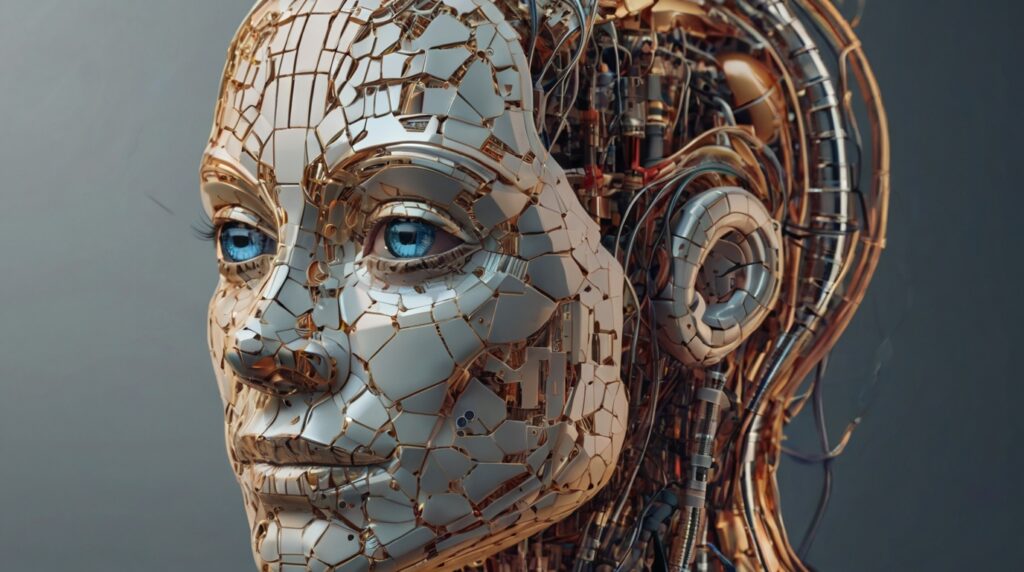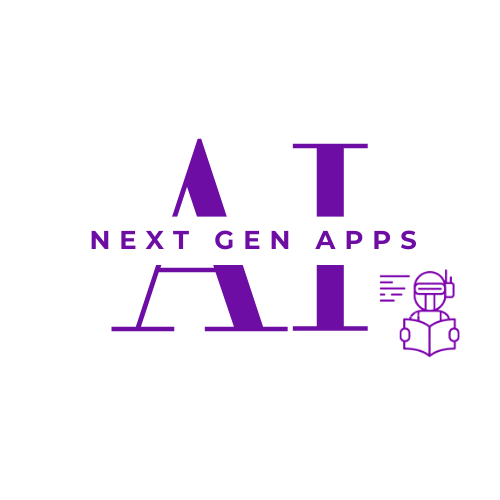The education sector is on the cusp of a revolution driven by artificial intelligence (AI). Generative AI, a specific branch of AI with the ability to create entirely new content, is poised to transform the way we learn and teach. This post dives into the exciting possibilities of generative AI in education, exploring its potential to personalize learning, enhance accessibility, and empower both educators and students.

Table of Contents
ToggleWhat is Generative AI?
Generative AI refers to a type of AI that can create new and original content, including text, code, images, and even music. It achieves this by analyzing vast amounts of existing data and learning the underlying patterns and relationships. This allows the AI to generate content that is statistically similar to the data it has been trained on, but also unique in its own way.
The Potential of Generative AI in Education
The application of generative AI in education holds immense promise. Here are some key areas where it can make a significant impact:
Personalized Learning
Generative AI can tailor learning experiences to individual student needs and learning styles. By analyzing a student’s performance and progress data, AI tutors can create personalized study plans, suggest relevant learning materials, and adjust the difficulty level of exercises. This ensures students are constantly challenged and engaged, maximizing their learning potential.
Accessibility and Inclusivity
Generative AI can bridge the gap for students with disabilities. AI-powered tools can generate content in various formats, including text-to-speech, audio descriptions, and closed captions, making learning materials accessible to students with visual or auditory impairments. Additionally, AI can personalize learning for students with different learning paces or language backgrounds.
Language Learning
Imagine practicing conversation with a virtual partner who can adapt to your level and respond with realistic dialogue. Generative AI can create immersive language learning experiences where students can practice speaking, listening, writing, and reading in a safe and interactive environment. AI tutors can provide instant feedback on pronunciation and grammar, making language learning more engaging and effective.
Creative Exploration
Generative AI can spark creativity and critical thinking skills. Students can use AI tools to generate story ideas, design prototypes, or brainstorm solutions to problems. This allows them to explore new concepts and perspectives in a safe and collaborative environment.
Assessment and Feedback
Generative AI can automate the creation and grading of quizzes and assignments, freeing up educators’ time to focus on providing personalized feedback and guidance. AI-powered assessments can adapt to individual student responses, offering targeted feedback that helps students learn from their mistakes and improve their understanding.

Use Cases for Generative AI in Education
Let’s delve deeper into some specific applications of generative AI in the classroom:
Personalized Practice Problems
Imagine a student struggling with a particular math concept. Generative AI can create new practice problems tailored to their specific needs and level of understanding. This allows students to solidify their grasp on concepts before moving on to more complex topics.
Interactive Historical Simulations
History lessons can come alive with generative AI. Students can interact with virtual simulations of historical events, engaging with characters from different perspectives and making choices that impact the narrative. This immersive learning experience fosters a deeper understanding of historical contexts and critical decision-making.
Adaptive Learning Games
Gamification is a powerful tool for engagement, and generative AI can take it to the next level. AI-powered learning games can adjust difficulty and content based on student performance, keeping them motivated and challenged throughout the gameplay.
AI-powered Research Assistants
Research is a crucial skill for students, but it can be time-consuming to find relevant sources and information. Generative AI can act as a research assistant, summarizing sources, highlighting key points, and suggesting additional research avenues to explore.

Feedback on Writing Styles
Generative AI can analyze student writing and provide feedback on grammar, style, and clarity. This helps students develop their writing skills and learn to communicate effectively.
Challenges and Considerations
While generative AI offers numerous benefits, it’s important to acknowledge the challenges and potential drawbacks:
Bias and Fairness
AI models are only as good as the data they are trained on. It’s crucial to ensure that training data for generative AI in education is unbiased and representative of diverse populations.
Overdependence on Technology
Generative AI should be a tool to enhance learning, not replace human educators. Educators play a vital role in guiding students, fostering critical thinking skills, and building social-emotional learning.
Ethical Considerations
The use of AI in education raises ethical questions regarding student privacy and data ownership. It’s essential to have clear guidelines and regulations in place to ensure responsible use of AI.
The Future of Generative AI in Education
As we move forward, educators, policymakers, and technology developers must work together to ensure the responsible and ethical implementation of generative AI in the classroom. Here’s what the future of generative AI in education might hold:
Seamless Integration with Learning Management Systems
Generative AI tools will likely become seamlessly integrated with Learning Management Systems (LMS) used in schools and universities. This will allow educators to easily create and deliver personalized learning experiences for their students within a familiar platform.

Focus on Explainable AI
To build trust and transparency, future generative AI models will be designed with explainability in mind. This means students will be able to understand how the AI arrived at its answers or generated content, fostering critical thinking skills and a deeper understanding of the subject matter.
Lifelong Learning Applications
Generative AI won’t be limited to formal education settings. AI-powered tutors and learning companions could become ubiquitous, providing personalized learning opportunities throughout one’s life. This democratizes access to knowledge and allows individuals to pursue continuous learning at their own pace.
Collaboration with Educators
The most effective use of generative AI in education will involve collaboration between AI and educators. AI can automate tasks, personalize learning, and provide data-driven insights, while educators can focus on higher-order thinking skills, social-emotional learning, and fostering a positive learning environment.
Conclusion
Generative AI has the potential to revolutionize the education landscape. By personalizing learning, enhancing accessibility, and empowering educators, AI can create a future where every student can thrive. However, responsible development and implementation are crucial to ensure that AI serves as a tool for good, fostering a love of learning and critical thinking skills in all students. As generative AI continues to evolve, the future of education promises to be more engaging, inclusive, and effective for all.
Generative AI in education is a rapidly evolving field. Educators, parents, and students alike should stay informed about the potential benefits and challenges of this technology. By working together, we can ensure that generative AI is used responsibly and ethically to create a brighter future for education.
Additional Considerations
This blog post has primarily focused on the positive applications of generative AI in education. However, it’s important to acknowledge that AI can also be misused. Here are some additional considerations:
- The potential for AI-generated content to be used for plagiarism.
- The need for educators to develop strategies to help students critically evaluate AI-generated information.
- The importance of ensuring equitable access to generative AI tools for all students.
By fostering open dialogue and collaboration, we can harness the power of generative AI to create a more enriching and empowering learning experience for every student.
FAQs (Frequently Asked Questions)
Generative AI is a specific type of AI that can create entirely new and original content, like text, images, or code. Regular AI can analyze data and make predictions, but generative AI takes it a step further by using its understanding of patterns to create something entirely new.
Generative AI can analyze student data to understand their strengths, weaknesses, and learning styles. This allows the AI to create personalized learning materials, suggest relevant resources, and adjust the difficulty level of exercises to keep students engaged and challenged.
Absolutely not! Generative AI is a powerful tool to enhance learning, but it cannot replace the vital role of educators. Teachers are essential for guiding students, fostering critical thinking skills, and building social-emotional learning.
This is a crucial concern. AI models are only as good as the data they are trained on. To ensure fairness, it’s essential to use diverse and unbiased datasets to train generative AI tools used in education.
There are several ethical considerations, including student privacy, data ownership, and the potential for AI-generated content to be misused for plagiarism. Clear guidelines and regulations are needed to ensure responsible use of AI in education.
